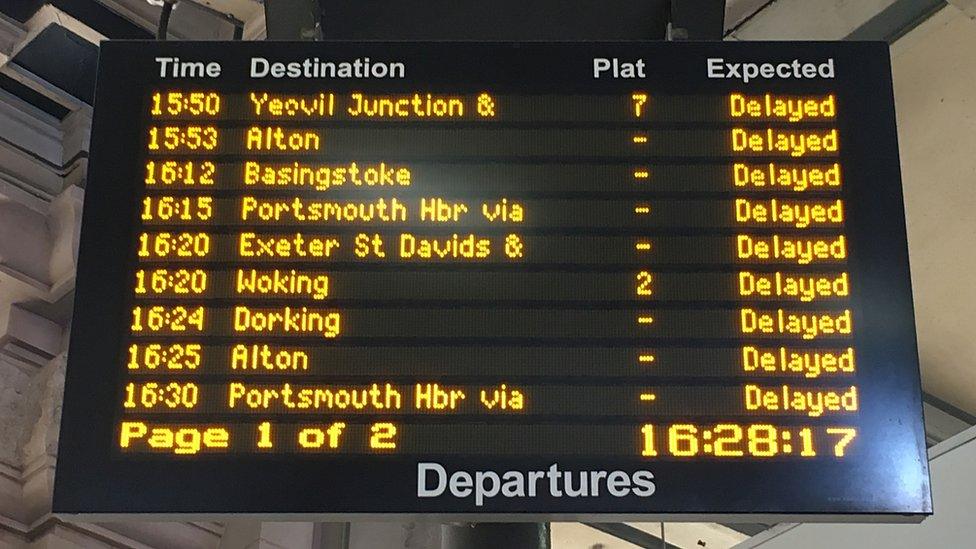UK weather: How to sleep in hot weather and other tips to stay cool
- Published
The UK has recorded its hottest day of 2016, with temperatures soaring to 33.5C (92.3F) in some areas on Tuesday. Temperatures are expected to dip in the coming days, but that hasn't stopped people asking a number of questions about how to deal with prolonged periods of hot weather.
Here are some of the questions you asked Google most frequently.

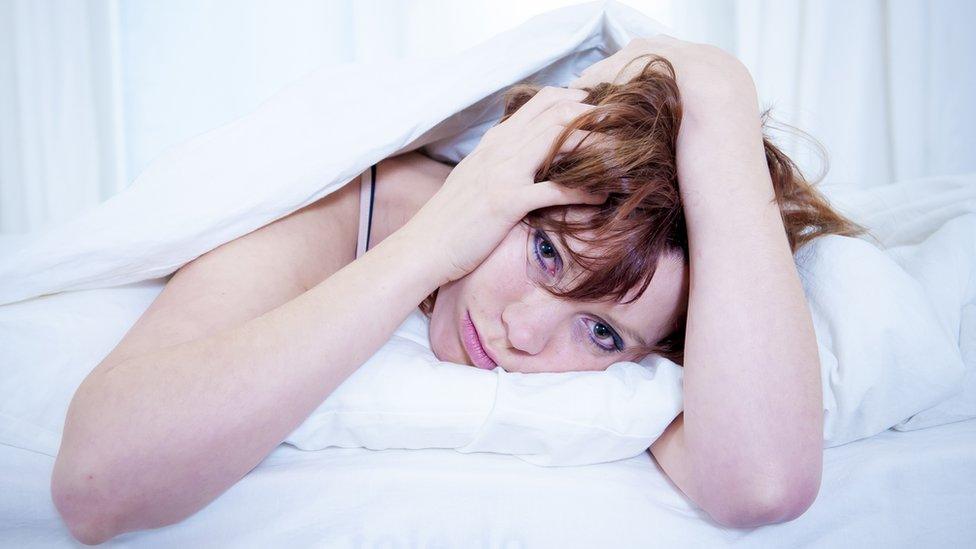
How do you sleep during hot weather?
Weather expert Philip Eden recommends keeping curtains closed during the daytime to stop the sun coming in.
He says it is best to keep windows open on the shady side of your home and closed on the sunny side, which could mean closing some windows and opening others halfway through the day.
Thin cotton sheets rather than nylon bedding are also recommended.
Prof Kevin Morgan, director of the Clinical Sleep Research Unit at Loughborough University, says a lukewarm shower before bed is preferable to a cold shower.
When it comes to children, the NHS says a cool bath before bedtime can help, as well as keeping bedrooms cool by keeping blinds or curtains closed during the day and using fans.
Pyjamas and bedclothes should be kept to a minimum, and if a baby kicks off its bedcovers during the night then they could sleep in just a nappy.
Babies sleep most comfortably when their room is between 16C (61F) and 20C (68F).
Read the BBC Magazine article on sleeping during hot weather

How do you keep babies cool?
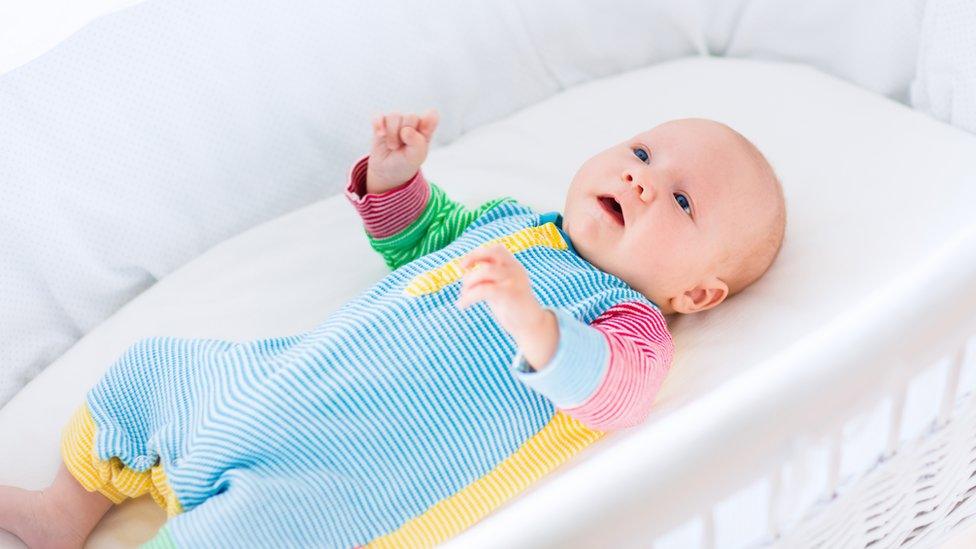
The NHS recommends, external keeping all babies under six months out of direct sunlight, and older infants should be kept out of the sun as much as possible, particularly in the summer and between 11:00 and 15:00.
They should be kept in the shade or under a sunshade if they're in a buggy or pushchair.
Sun cream with a high sun protection factor should be applied regularly - particularly if children are in water.
All children should be given plenty of fluids and the NHS says babies who are being breastfed may want to feed more than usual, but will not need water as well as breast milk.
If they are bottle feeding, babies can be given cooled boiled water as well as their usual milk feeds.

What are symptoms of heatstroke?
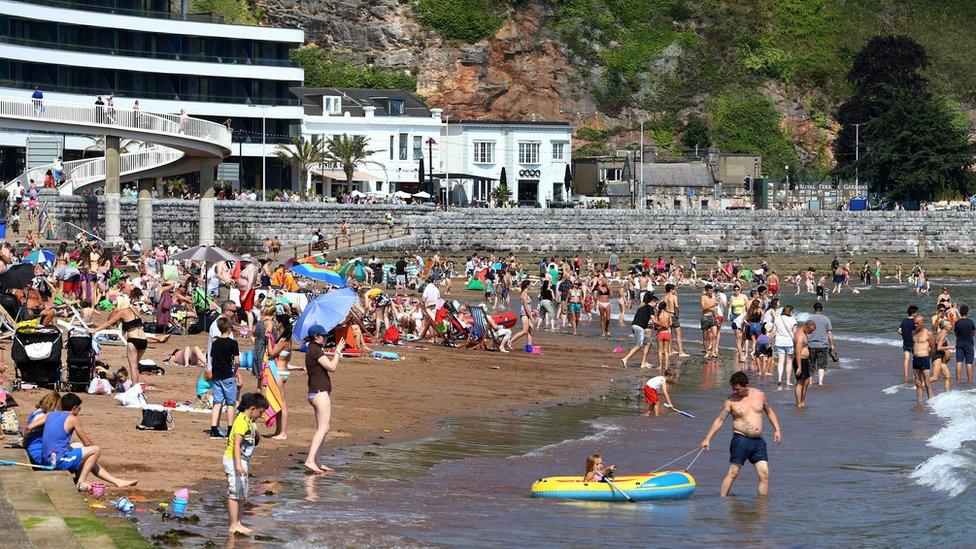
People can suffer both heat exhaustion and, more seriously, heatstroke in hot weather.
Signs of heat exhaustion can include tiredness or weakness, feeling faint or dizzy, having muscle cramps or feeling sick. If left untreated, the more serious symptoms of heatstroke can develop, including confusion, disorientation and even a loss of consciousness.
Those suffering the signs of heat exhaustion should go to a cool place with air conditioning or shade, use a cool, wet sponge or flannel and drink fluids - ideally water, fruit juice or a rehydration drink, such as a sports drink.
The NHS offers guidance on dealing with heatstroke here, external.

What are the best sun creams?
There are lots of places that rate sunscreen brands, including consumer website Which?, external.
However, the British Association of Dermatologists, external (BAD) says in general you should look for two ratings on bottles of sun creams.
The sun emits two types of ultraviolet rays - UVA (most commonly responsible for premature ageing and wrinkles) and UVB (which causes most sunburn).
The BAD says you need to be protected from both.
The sun protection factor (SPF) offers guidance on a cream's protection against UVB rays, while a star system indicates the level of protection against UVA rays.
Which sun cream offers best protection?
The sun factor protection factor (SPF) is graded between two and 50+ - with factor 50 and above offering the strongest protection against UVB rays - while the star rating ranges from 0 to five.
Experts say it is important to choose both a high SPF as well as a high star rating.

How long does it take to burn?
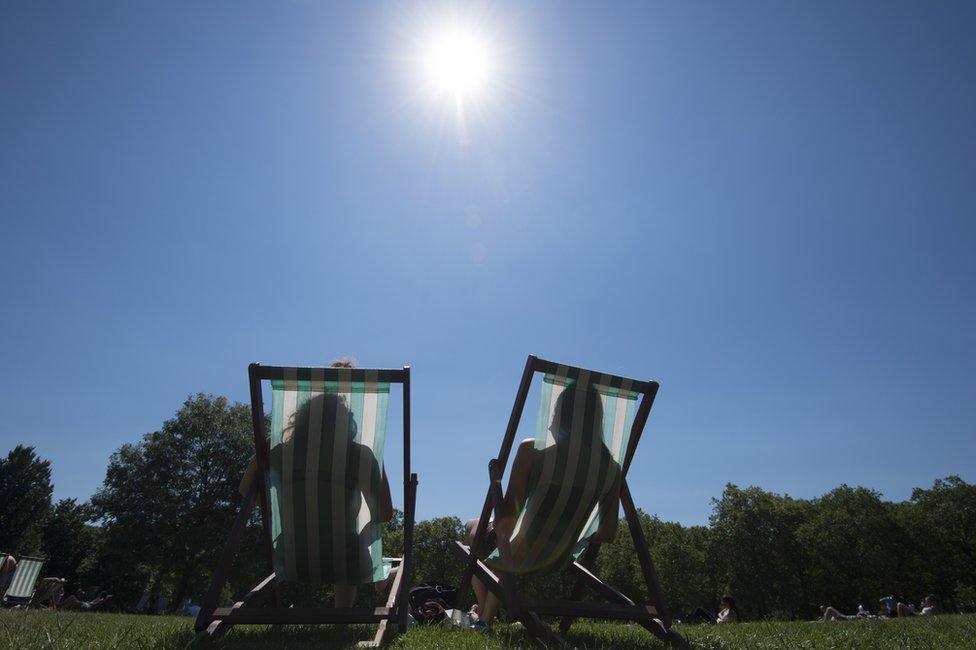
The risk of sunburn depends on how sensitive your skin is, and how strong the sun's UV rays are.
The UV index will vary, depending on where you are in the world, the time of year, what the weather is like, the time of day, and how high up you are compared to sea level.
During the UK's summer months, the sun's UV rays are strongest between 11:00 and 15:00.
However, Cancer Research UK suggests, external using a simple "shadow rule" to estimate the strength of the sun.
It suggests that if your shadow is shorter than your height, the sun's UV rays are strong - and you are therefore more likely to burn.

Can you tan through a window?
Glass will filter out most of the UVB rays which cause sunburn, but you can still tan or burn.
A 2010 study by St Louis University School of Medicine - reported in the New York Times, external - found that people who spend a lot of time driving a car each week are more likely to develop skin cancers on the left side of the body, the window side in North American cars.
The NHS says snow, sand, concrete and water can also reflect the sun's rays on to your skin - particularly at high altitudes, when the sun is more intense.
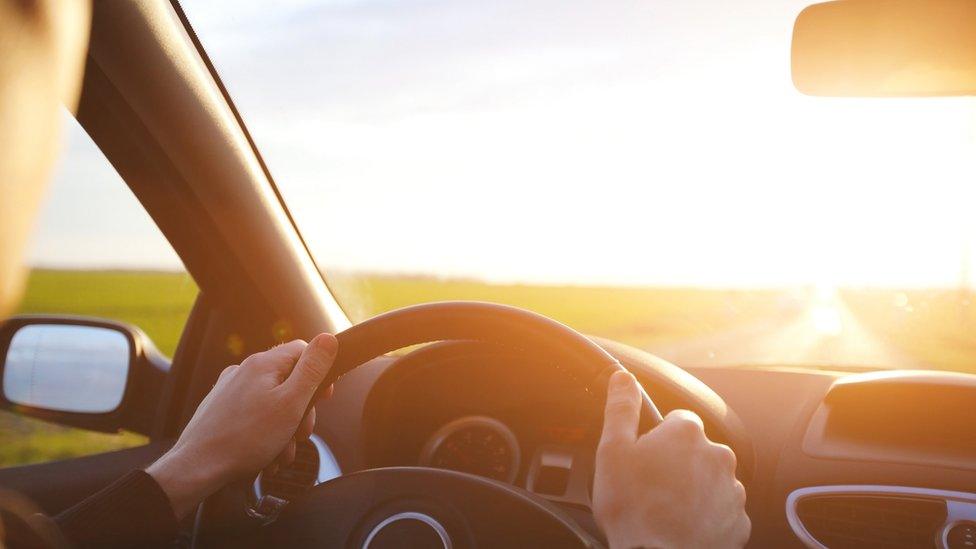

How hot does it have to be to stop work?
Unfortunately for those seeking a day off there are currently no laws in the UK about when it is too hot to work.
Employers should provide a "reasonable" temperature in the workplace.
But the Health and Safety Executive (HSE) says a limit cannot be introduced because some industries have to work in high temperatures.
However, two MPs this week tabled an early day motion in the House of Commons calling for a legal limit of 30C, or 27C for those doing strenuous work.
It can, however, be too cold to work.
Guidance recommends a minimum working temperature of 16C (61F), or 13C, if employees are doing physical work.
How hot is it really?
Compare the temperature where you are with more than 50 cities around the world, including some of the hottest and coldest inhabited places. Enter your location or postcode in the search box to see your result.
Find a location



Your location
- Published19 July 2016
